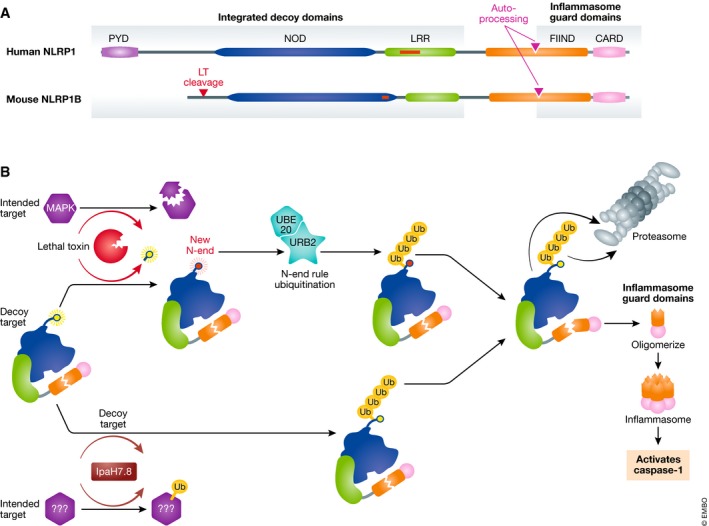Figure 1. The NLRP1 inflammasome contains decoy domains to detect virulence factor attack.

(A) Domain structure of human NLRP1 and mouse NLRP1b. Red boxes are present in humans and absent in mice, or vice versa. Lethal toxin cleavage site (red triangle) and FIIND auto‐processing site (purple triangle) are indicated. (B) Murine NLRP1b activation pathways. Virulence factors degrade proteins that are useful to the host immune response. However, they may also be lured into attacking the NLRP1b decoy domains. Lethal toxin‐cleaving NLRP1b triggers UBR2/UBE2O‐mediated N‐end rule degradation, whereas IpaH7.8 ubiquitinates NLRP1b directly. Both target NLRP1b to the proteasome, but as the proteasome approaches the FIIND‐CARD auto‐processing site, the FIIND‐CARD fragment escapes and forms the inflammasome.
